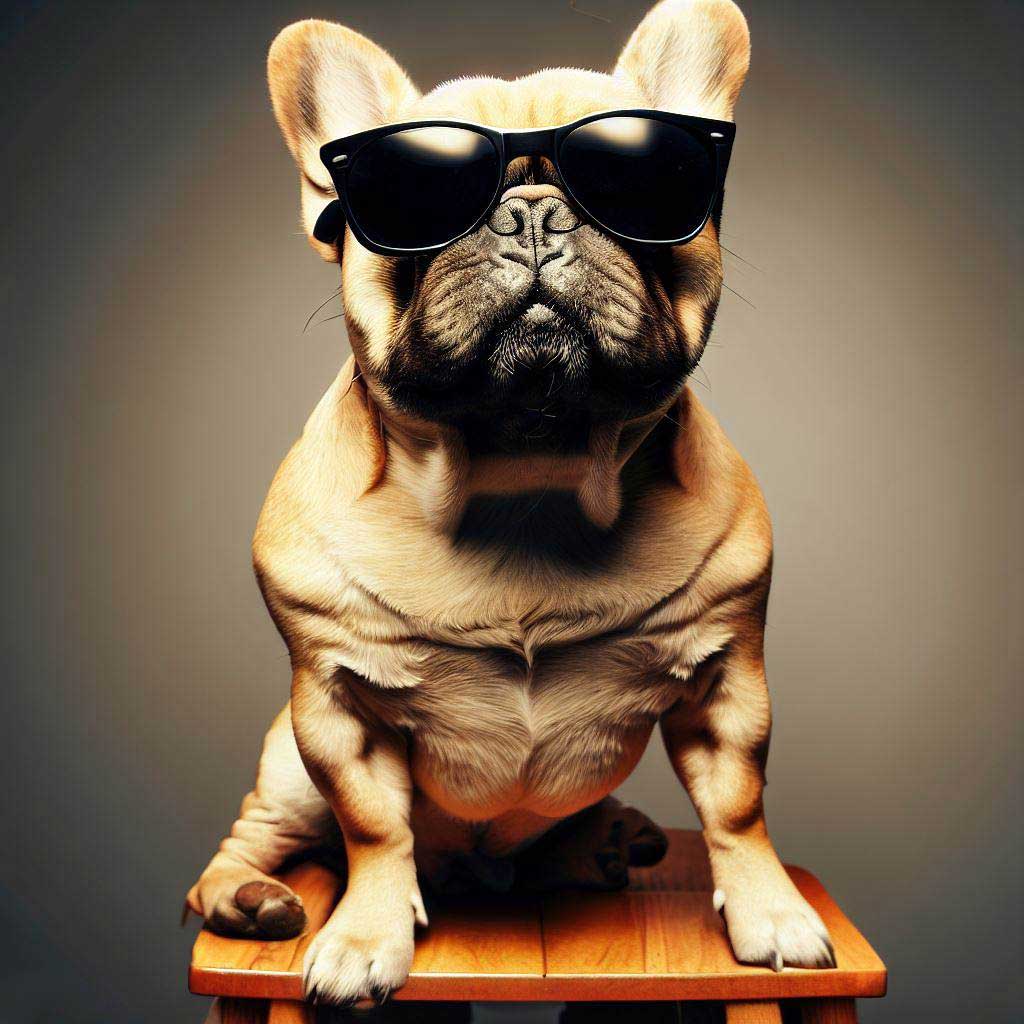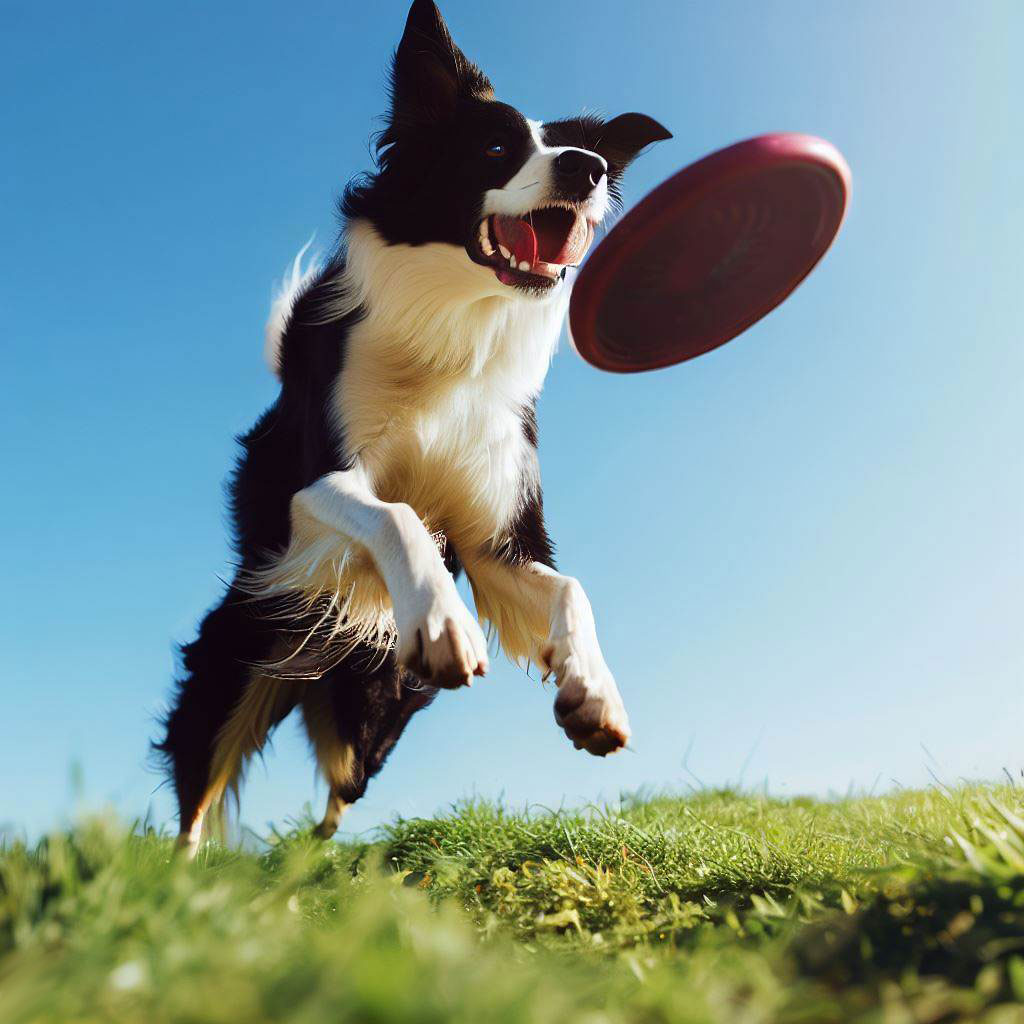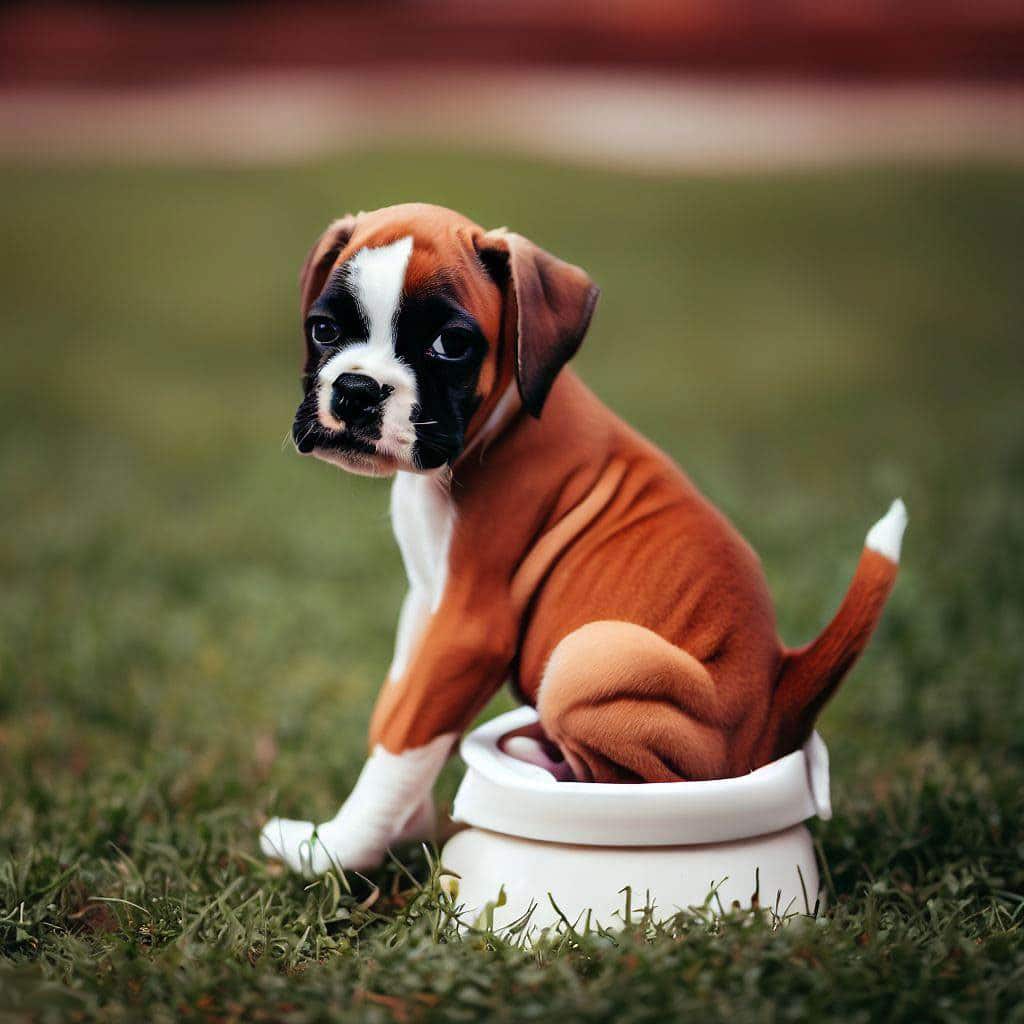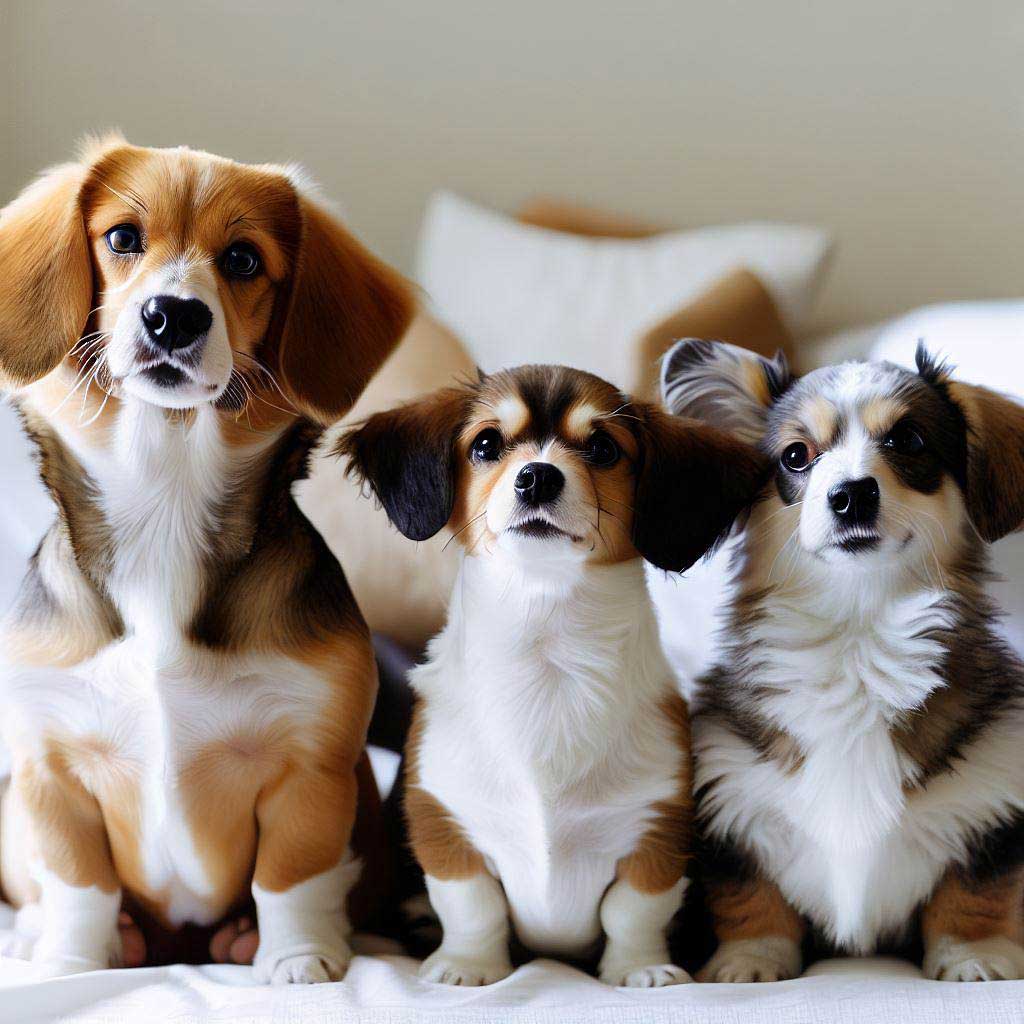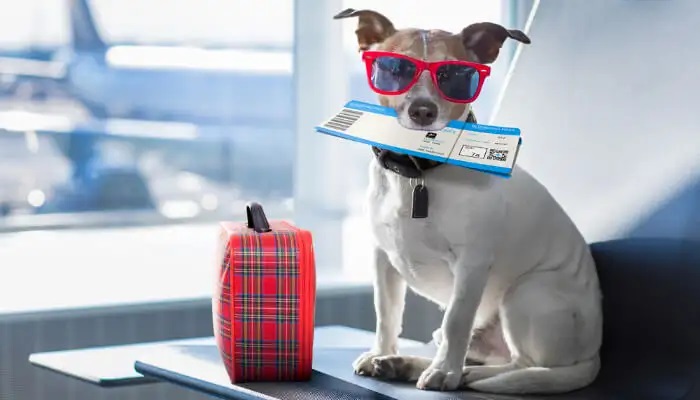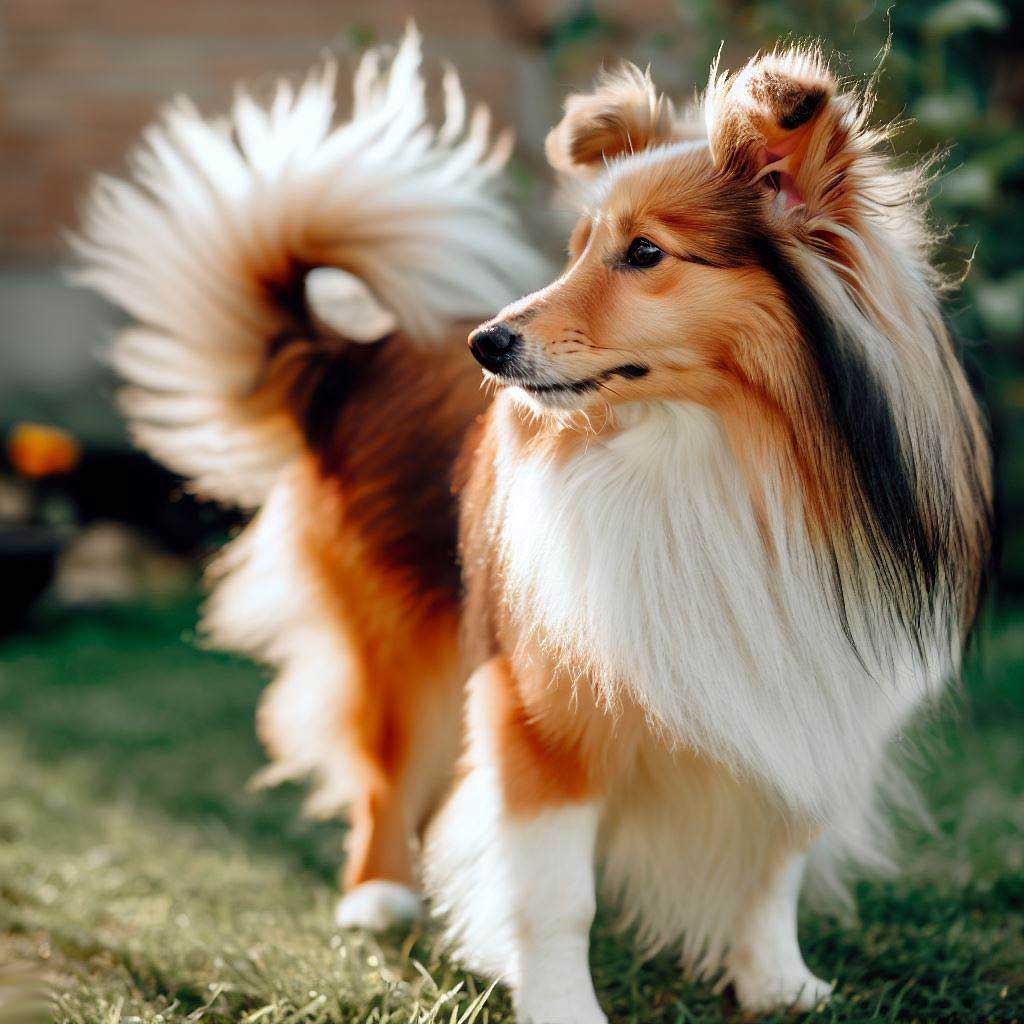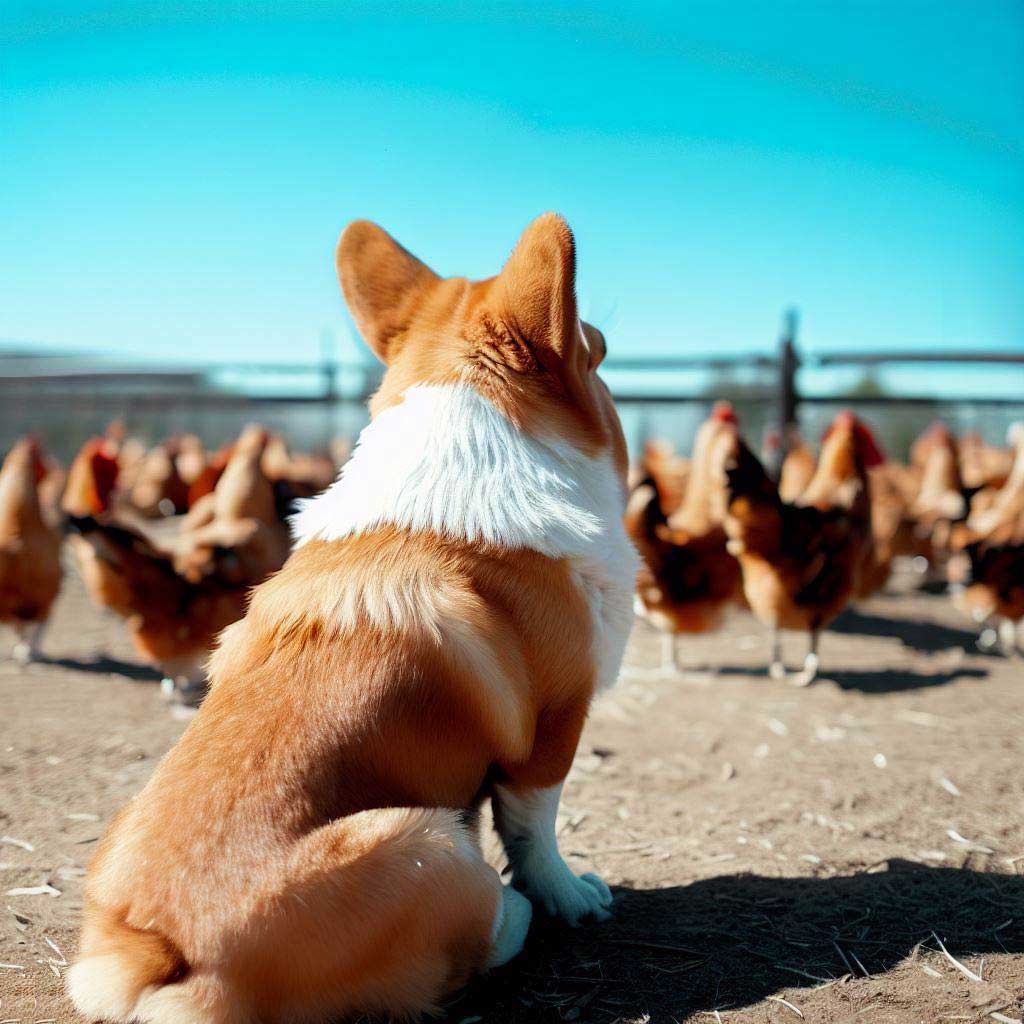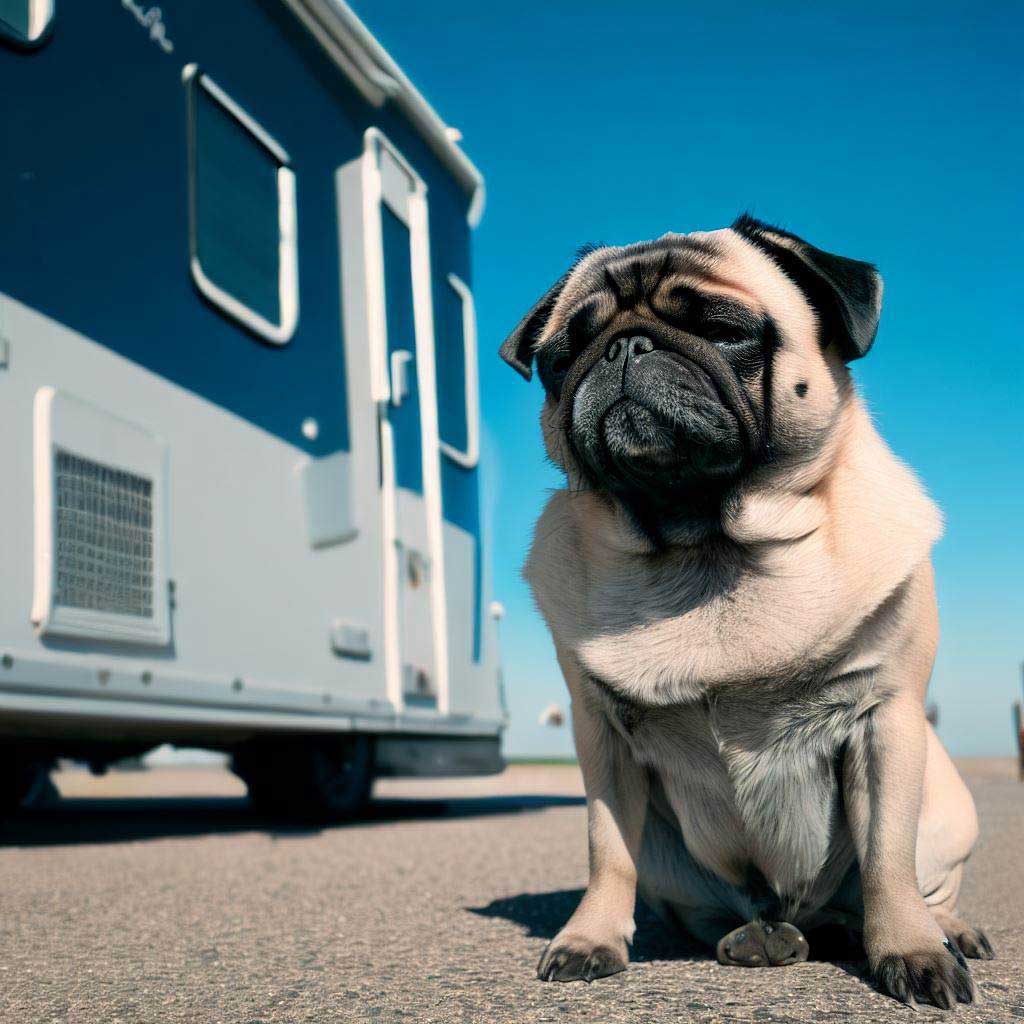How Do You Start Training a Bad Dog | Dog Training Essentials: Unlock tried-and-true methods to shape better behaviors in any breed.
Table of Contents
Understanding the Challenge of Training a Bad Dog
Training a bad dog is a task that many dog owners may find overwhelming and frustrating. It’s not about merely dealing with a misbehaving pet; understanding the challenge of how do you start training a bad dog involves recognizing the underlying issues that may be causing the so-called “bad” behavior.
Whether it’s excessive barking, aggression, or destructive tendencies, labeling a dog as ‘bad’ doesn’t solve the problem. In fact, it can be detrimental. Instead, understanding the specific behaviors and working to modify them is the key to success. A bad dog isn’t necessarily a problematic dog; they may simply be misunderstood, under-stimulated, or improperly trained.
So, how do you start training a bad dog? The first step is to understand that it’s not about the dog being bad, but about behaviors that need modification. Knowing the triggers, the motivations, and the proper methods to address these is crucial. Often, professional assistance can guide you through this process, providing insights tailored to your particular dog and situation.
The Importance of Patience and Consistency
When tackling the question, “How do you start training a bad dog?” one cannot underestimate the importance of patience and consistency. Without these two foundational elements, even the best training techniques will fall short.
Patience is vital as change doesn’t happen overnight. It can take weeks or even months to see significant improvements in a dog’s behavior. Therefore, it’s essential to stay committed and keep a positive attitude, even when progress seems slow. Your dog will pick up on your emotions, and if you’re frustrated or impatient, it will hinder the training process.
Similarly, consistency is the cornerstone of training success. If you’re inconsistent with commands or rewards, it will confuse your dog and impede progress. For example, if you’re teaching your dog not to jump on people, everyone in the household must enforce this rule consistently. Otherwise, your dog will receive mixed signals, and the unwanted behavior will continue.
In conclusion, understanding how do you start training a bad dog involves recognizing the specific challenges and approaching them with patience and consistency. It’s a journey that requires dedication, understanding, and a willingness to adapt and learn. With the right mindset and tools, you can turn a “bad” dog into a well-behaved and cherished member of the family.
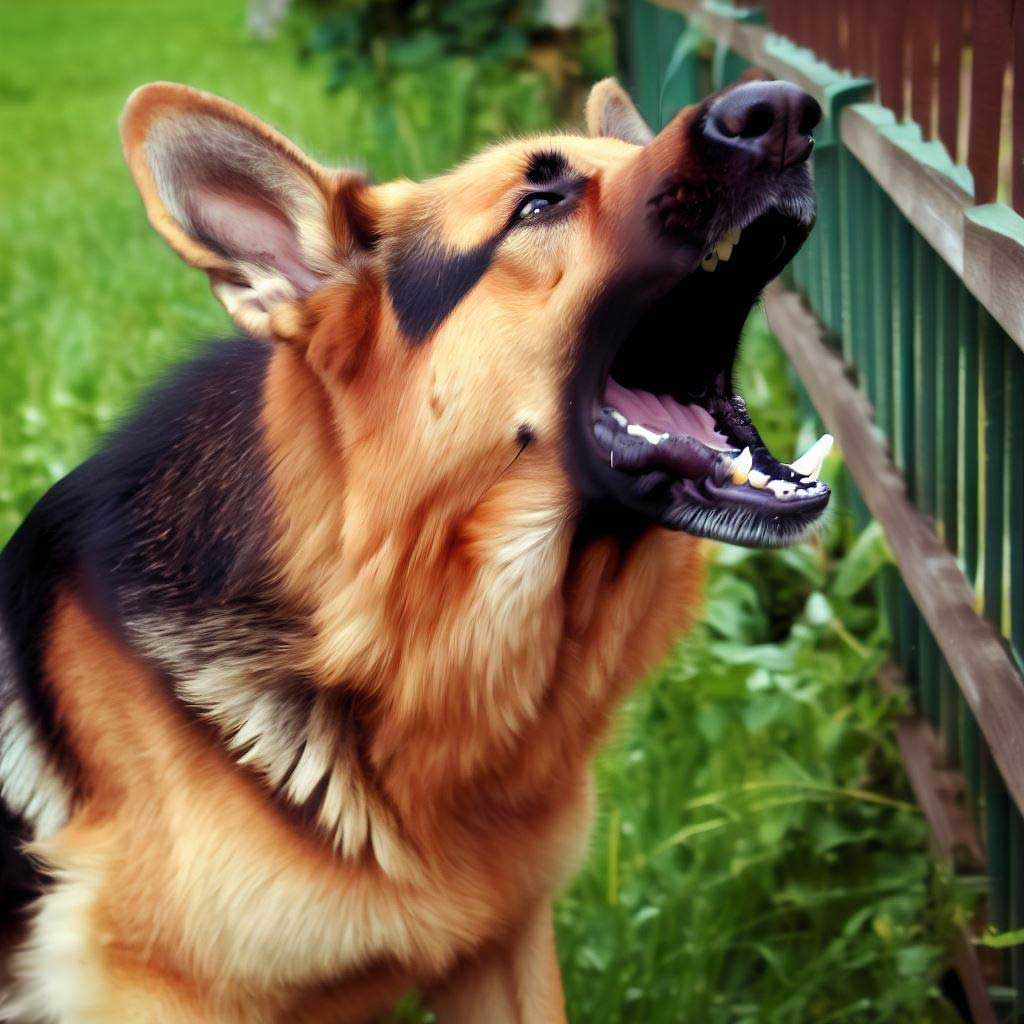
Assessing the Situation
Recognizing Problematic Behaviors
When considering how do you start training a bad dog, it begins with understanding what defines “bad” behavior. Observing your dog’s actions carefully, looking for patterns, and assessing any reactions to specific stimuli are key steps. Do they growl at strangers? Jump up on guests? These behaviors may be problematic.
Identifying Triggers for Bad Behavior
The next phase involves identifying triggers. Every dog has specific triggers that cause unwanted behavior. Maybe it’s a loud noise or another dog; understanding these triggers is the first step in training. This understanding paves the way to address the real question: how do you start training a bad dog?
Establishing a Positive Training Environment
Creating a Safe and Calm Space
Creating a positive training environment is essential. Your dog needs to feel safe and calm to learn effectively. Choosing a quiet room free from distractions allows your dog to focus. Soft bedding, favorite toys, and calm lighting can enhance the space.
Minimizing Distractions
How do you start training a bad dog with so many distractions around? Minimize them. Turn off the TV, put away toys that aren’t part of the training, and ensure that the training area is free from anything that might take your dog’s focus away from you.
Basic Training Foundations
Reinforcing Basic Commands (Sit, Stay, Come)
You have to go back to the basics. Reinforcing basic commands like sit, stay, and come is vital. Start with a simple command like sit. Use a treat to guide your dog into the position, then praise and reward them. Repeat this regularly. Gradually, you’ll notice improvements, answering part of how do you start training a bad dog.
Using Positive Reinforcement Techniques
Positive reinforcement techniques are essential. Rather than punishing a dog for bad behavior, reward them for good behavior. Treats, praise, or play can be effective rewards. This encourages your dog to repeat good behavior and is a foundational element in understanding how do you start training a bad dog.
Addressing Specific Bad Behaviors
Dealing with Aggression: Causes and Solutions
Aggression in dogs can be alarming. Identifying the cause is paramount. Is it fear, dominance, or territorial aggression? Once identified, specific solutions can be implemented. Fear aggression might be handled with gradual exposure, while dominance aggression may require establishing clear boundaries.
Managing Separation Anxiety
Separation anxiety is a common bad behavior in dogs. Consistent training, gradually increasing the time away from the dog, and providing interactive toys can alleviate this issue. Patience and understanding will provide answers to how do you start training a bad dog with separation anxiety.
Curbing Excessive Barking
Excessive barking can be frustrating. Identifying the cause, whether it’s boredom, attention-seeking, or responding to environmental noises, is the first step. Solutions may include providing more exercise, interactive toys, or training them with a “quiet” command.
Consistency and Routine
Importance of a Regular Training Schedule
Routine is key in training. Dogs thrive on consistency. Establishing a regular training schedule helps your dog know what to expect, and it will reinforce learning. Set aside time each day, even just 10-15 minutes, and you’ll see progress in understanding how do you start training a bad dog.
Involving Family Members in Training
Involving all family members in training ensures a consistent approach. Everyone using the same commands, rewards, and techniques ensures the dog isn’t receiving mixed messages. Communication between family members helps in establishing a clear and unified training approach, answering how do you start training a bad dog with consistent messages from everyone involved.
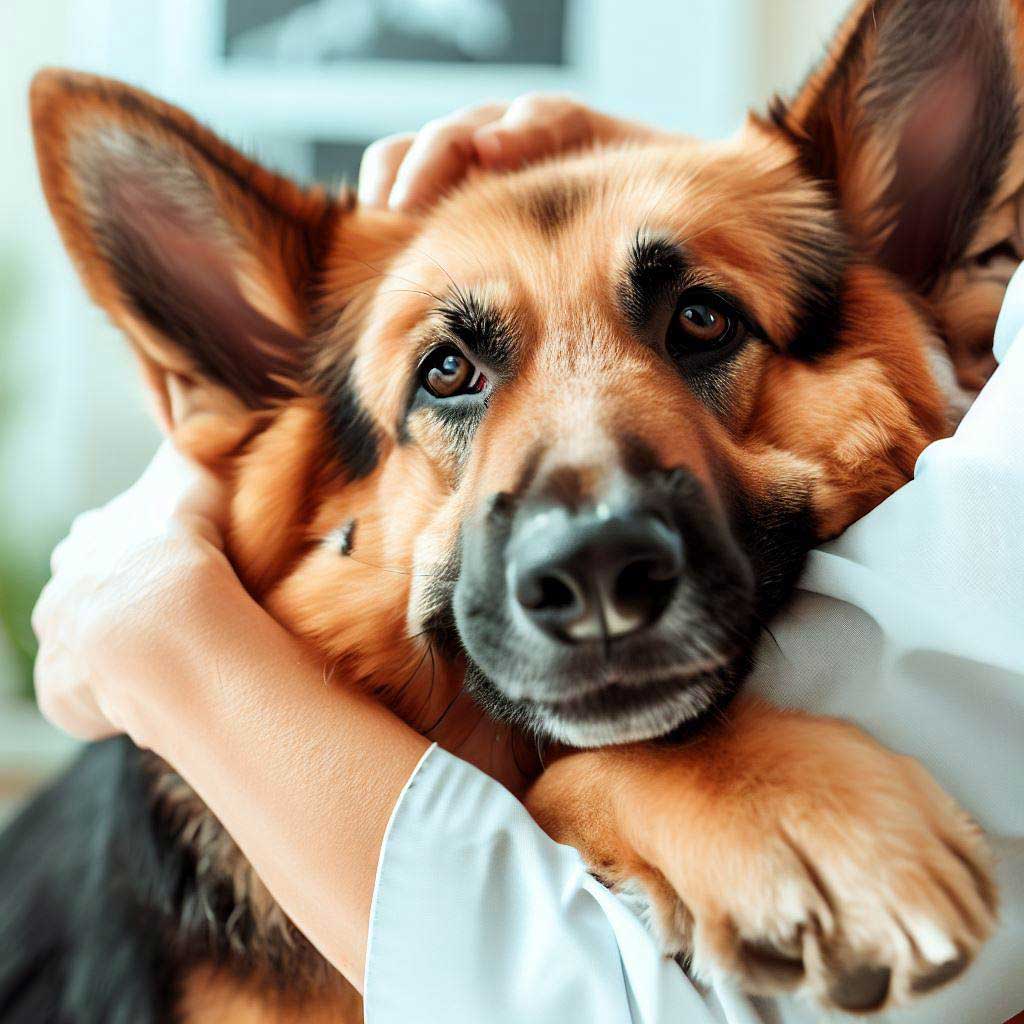
Using Rewards and Corrections
Selecting Effective Treats and Rewards
When pondering how do you start training a bad dog, rewards play a vital role. Every dog has its favorite treat that can motivate them during training. Selecting effective rewards is key. Some dogs might respond to food, while others prefer toys or praise. Testing different rewards to see what your dog responds to best can make training more effective.
Understanding Appropriate Corrections
Correcting bad behavior is as important as rewarding good behavior. But how do you do it right? It’s essential to understand the line between correction and punishment. Appropriate corrections might include a firm “no” or redirecting to a desired behavior. It’s not about punishing the dog but guiding them towards the correct action.
Socialization and Exposure
Introducing Your Dog to Different Environments
Socialization is a cornerstone in answering how do you start training a bad dog. Gradually introducing your dog to different environments helps them adapt and feel comfortable in various situations. Whether it’s a busy park or a friend’s house, exposure to these environments can reduce anxiety and promote well-rounded behavior.
Encouraging Positive Interactions with People and Other Pets
Encouraging positive interactions with other people and pets is crucial. Start with controlled environments, introducing your dog to calm and well-behaved pets first. Positive experiences with other animals and humans reinforce good behavior and help in understanding how do you start training a bad dog to socialize.
Seek Professional Help
Knowing When to Consult a Professional Dog Trainer
Sometimes, professional guidance is required. Recognizing when it’s time to consult a professional dog trainer is essential. If you’re struggling with specific behaviors or feel overwhelmed, don’t hesitate to seek professional help. Professional trainers have the experience and skills to address complex issues effectively.
Benefits of Professional Guidance
Professional guidance offers benefits like tailored training plans and one-on-one attention. Professionals understand dog behavior deeply and know various techniques to deal with different issues. If you’re stuck on how do you start training a bad dog, a professional trainer’s guidance might be exactly what you need.
Building a Strong Bond
Strengthening the Owner-Dog Relationship
Strengthening the bond between you and your dog is central to successful training. Spending quality time together, understanding each other’s body language, and building trust forms the foundation. A strong bond enhances communication, making training more effective and answering the question of how do you start training a bad dog with love and trust.
The Role of Play and Affection in Training
Play and affection are more than just fun; they’re vital in training. Engaging in play breaks the monotony of training and strengthens your connection. It reinforces positive behavior and helps your dog associate training with positive experiences. Affection, praise, and playtime are tools in understanding how do you start training a bad dog with kindness.
Patience and Progress
Celebrating Small Wins
How do you start training a bad dog and keep yourself motivated? Celebrate small wins. Acknowledging and celebrating even tiny progress keeps both you and your dog encouraged. Whether it’s the first time they sit on command or a successful walk without pulling, each small win is a step forward.
Understanding that Training Takes Time
Patience is paramount. Understanding that training takes time is key in the process of shaping your dog’s behavior. Consistent efforts, daily practice, and allowing your dog to learn at their own pace is the way forward. Remember, there’s no quick fix in understanding how do you start training a bad dog; patience and time are your allies.
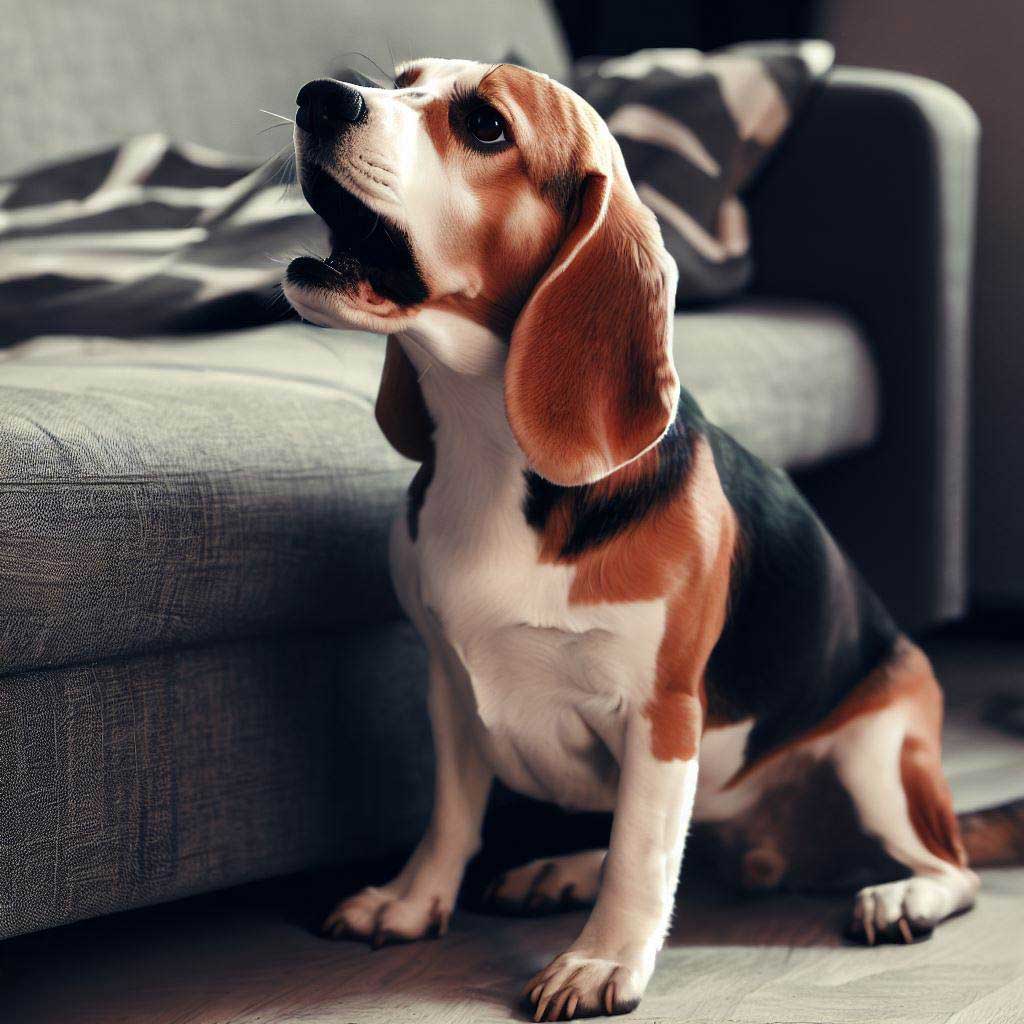
Conclusion: How Do You Start Training a Bad Dog?
Training a dog that exhibits what we often label as “bad behavior” is a complex and multifaceted endeavor. It’s not simply about stopping unwanted actions but understanding why these behaviors are occurring in the first place. The process begins with assessing the situation, recognizing the behaviors that need attention, and identifying what triggers them. This fundamental understanding is the foundation of how you start training a bad dog.
Creating a positive environment for training, minimizing distractions, and establishing a routine is essential. By using rewards and corrections judiciously, and involving all family members in the process, consistency can be maintained. This consistency is key to long-term success.
Addressing specific behaviors, whether aggression, separation anxiety, or excessive barking, requires careful observation, patience, and a tailored approach. Each dog is unique, and understanding what motivates them, what scares them, and what they enjoy allows for a personalized training plan.
Sometimes professional help is necessary, especially if behaviors are deeply ingrained or causing harm. Professional dog trainers have the experience and expertise to tailor training to your specific situation.
Every dog, from a playful pup to a graceful elder, requires a unique blend of patience, dedication, and boundless love when it comes to training. As you walk this path, you’ll find it punctuated by moments of joy, surprise, and occasional challenges. Through thick and thin, it’s the consistency and repeated affirmations that build a strong foundation.
Yet, when faced with a crossroads or a puzzle in this training journey, remember there’s a wealth of guidance just a click away. Online dog training courses have gained traction for their detailed insights and flexibility. For a curated list of the best, “Best Online Dog Training Courses: Any Dog Will Love” is your go-to guide. Analyzing 15 renowned courses and spotlighting the top three, this article ensures you’re always on the right track.
Socialization and exposure to various environments, along with positive interactions with other people and pets, are crucial for a well-rounded, well-behaved dog. Building a strong bond through play and affection, celebrating small wins, and understanding that progress takes time are vital in this process.
In summary, training a dog with problematic behaviors is not about quick fixes or harsh methods. It’s a journey of understanding, patience, consistency, and love. It’s about communication and building a relationship that’s based on trust and mutual respect. Understanding how do you start training a bad dog isn’t just about commands and obedience; it’s about creating a positive, loving relationship that benefits both owner and pet.
FAQ: How Do You Start Training a Bad Dog?
Can any dog be trained, even if they have bad habits?
Yes, nearly all dogs can be trained, even if they have bad habits. Understanding how do you start training a bad dog involves patience, consistency, and employing the right techniques. Start with simple commands like teaching your dog to heel and then gradually work up to more complex ones. Tailoring your approach to the specific needs of your dog can make a significant difference in training success.
How long does it usually take to see improvements in a bad dog’s behavior?
Improvements can be noticed as quickly as a few days to several weeks, depending on the behavior and the methods used. Remember, patience is vital when determining how do you start training a bad dog, as some behaviors may take longer to modify.
What are some common reasons for a dog to exhibit bad behavior?
Common reasons for bad behavior include lack of training, inconsistency, medical issues, fear, anxiety, and boredom. Understanding the underlying causes is essential in knowing how do you start training a bad dog effectively.
Is punishment an effective way to train a bad dog?
Punishment is not an effective way to train a dog. It can cause fear and mistrust, hampering your relationship with the pet. Positive reinforcement techniques are generally preferred when considering how do you start training a bad dog.
Can I train a bad dog on my own, or do I need professional help?
You can often train a bad dog on your own with the right information and commitment. However, professional help might be required for specific behaviors or if you’re feeling overwhelmed. When pondering how do you start training a bad dog, don’t hesitate to seek professional guidance if needed.
What are some positive reinforcement techniques I can use during training?
Positive reinforcement techniques include using treats, praise, toys, and playtime to reward desired behaviors. These techniques are central to understanding how do you start training a bad dog.
Are there specific breeds that are more challenging to train?
While some breeds might be more stubborn or independent, it’s essential not to generalize. Training challenges can often be more about an individual dog’s personality rather than its breed. When considering how do you start training a bad dog, a tailored approach is key.
How can I prevent my dog from reverting to their bad habits after training?
Consistency, ongoing reinforcement, and routine will help prevent your dog from reverting to bad habits. Maintaining what you’ve established during training is crucial when asking how do you start training a bad dog.
Are online training resources and videos reliable for training a bad dog?
Online resources can be helpful, but it’s vital to use reputable sources. Not all online information will suit your situation, so when seeking guidance on how do you start training a bad dog, look for materials from professional trainers and recognized organizations.
Should I modify my dog’s diet as part of their behavior correction process?
Diet can play a role in behavior. Consult with a vet or professional trainer to determine if dietary changes might be part of how do you start training a bad dog for your specific situation.
How do I train my dog to stop being bad?
Training a dog involves understanding the root causes of their behavior, using positive reinforcement, and being consistent. This holistic approach answers how do you start training a bad dog.
Can you fix a bad dog?
You can often modify undesired behaviors with patience, understanding, and proper training techniques. It’s not about “fixing” but guiding and encouraging desired behaviors.
Is it ever too late to start training a dog?
It’s never too late to start training. Older dogs might require more patience and a different approach, but understanding how do you start training a bad dog applies to dogs of all ages.
How do you discipline an aggressive dog?
Disciplining an aggressive dog requires understanding the cause of the aggression and using positive reinforcement to guide behavior. Professional assistance might be needed.
Should I punish a dog for bad behavior?
Punishing a dog can harm your relationship with them. Positive reinforcement is a more effective approach in understanding how do you start training a bad dog.
How do you correct a dog’s behavior?
Correcting behavior involves understanding why the undesired behavior is happening and using positive reinforcement to guide the desired actions.
What is the hardest age to train a dog?
Puppies can be challenging due to their energy and short attention span, while older dogs might be set in their ways. Each age has its challenges in understanding how do you start training a bad dog.
At what age is a dog not trainable?
Dogs can be trained at any age. The approach might change with age, but it’s never too late to teach new behaviors.
What age are dogs most misbehaved?
Misbehavior can occur at any age but is often noticed during adolescence, around 6 to 18 months.
Why is my dog so disobedient?
Disobedience can stem from various factors, such as lack of training, inconsistency, confusion, or underlying health issues.
At what age are dogs most obedient?
Dogs often become more trainable and obedient after puppyhood, typically starting around one year, but it varies among individual dogs.
How do you train a dog to stop bad behavior?
When aiming to halt bad behavior in dogs, first identify the cause or trigger of the undesirable act. Consistent, positive reinforcement techniques, like rewarding good behavior with treats or praise, often yield the best results. For instance, if a dog jumps on guests, train them to sit when someone enters the room and reward this behavior. Over time, with consistency, the dog will associate guests with sitting rather than jumping.
What are the 5 golden rules of dog training?
The 5 golden rules of dog training encompass a holistic approach. Firstly, always be consistent with your commands and reactions. Secondly, use positive reinforcement, like praising or giving treats for desired behavior. Thirdly, establish yourself as the pack leader, setting clear boundaries. Fourth, socialize your dog early with various environments and beings. Lastly, understand that patience is pivotal; training is a journey, not an overnight success.
What is the number one rule in dog training?
The paramount rule in dog training is consistency. If you praise a dog for sitting today but ignore the behavior tomorrow, the dog may become confused. Imagine if your dog jumps on the couch and sometimes gets scolded, but other times is petted. This inconsistency can create uncertainty in the dog’s mind. Always ensure commands, rewards, and corrections remain uniform.
What are some dog training tips for beginners?
For beginners, start with basic commands like “sit,” “stay,” and “come.” Use treats or toys as rewards to reinforce desired behaviors. Always use a cheerful, positive tone when your dog obeys, and avoid shouting or punishment. Gradually introduce your dog to different environments and stimuli to bolster their confidence. For instance, short walks in a quiet park can gradually increase to bustling areas.
Can you use an interrupter cue for a bad dog?
Absolutely! An interrupter cue, like a specific sound or word, can effectively divert a dog’s attention from an unwanted behavior. For instance, if your dog starts to chew furniture, a sharp “Ah-ah!” can distract them. Once distracted, redirect them to a more appropriate behavior, like chewing a toy, and reward them for it.
How to correct unwanted dog behavior for dog sports?
In dog sports, precision and obedience are crucial. Firstly, observe the exact moment the undesired behavior occurs. Immediately correct with a command or interrupter cue. For example, if your dog breaks their stay during an agility trial, promptly guide them back and reaffirm the “stay” command. Practice in varied environments, reinforcing desired behaviors with positive rewards.
How to correct aggressive dog behavior with dog training?
Addressing aggression requires understanding its root cause, whether it’s fear, territoriality, or dominance. Consistently enforce boundaries, use positive reinforcement, and avoid physically punishing the dog. For instance, if your dog growls at other dogs during walks, divert their attention with a “look at me” command and reward calm behaviors. In severe cases, consult a professional trainer.
How do I fix dog behavior problems with my puppy?
Puppies, with their boundless energy and curiosity, can develop undesirable habits. Start by setting clear boundaries and being consistent with corrections. For example, if your puppy nips during play, redirect them to a toy. Use positive reinforcements, like treats or praise, when they exhibit good behavior. Regular socialization with other dogs and environments also aids in molding well-behaved pups.
Are there dog’s behavior support clubs online?
Yes, numerous online communities and forums offer support for dog behavioral issues. Websites like DogForum.com or TheLabradorForum.com provide platforms where owners share experiences, tips, and seek advice. Engaging in such communities can provide valuable insights and shared experiences from fellow dog owners.
How to fix bad puppy behavior in a terrier?
Terriers are known for their spirited nature. Early socialization is crucial, exposing them to various situations, people, and other animals. Consistent training, using commands like “leave it” when they chase, can help. If your terrier digs, provide them with a designated digging spot. Reinforce good behaviors with treats and praise, ensuring they understand what’s expected of them.
Can I teach my dog to not bark?
Certainly! Begin by identifying the cause of the barking, be it boredom, alertness, or seeking attention. Once recognized, address the root cause. If they bark when left alone, provide toys to occupy them. If they bark at passersby, distract and redirect their attention. Consistently reward quiet behavior, using commands like “quiet” or “enough,” reinforcing silence with treats or praise.
What can I do when my dog starts howling at night?
Nightly howling can be due to loneliness, anxiety, or external noises. Firstly, ensure their basic needs are met — hunger, thirst, or the need for a bathroom break. Comfort items like a worn t-shirt can help soothe anxiety. White noise machines or soft music can drown out external sounds. If the behavior persists, consider consulting a vet to rule out medical issues.
Can you teach puppy dogs to be good?
Absolutely! Teaching a puppy to be well-behaved involves consistent training, socialization, and positive reinforcement. Starting with basic commands, gradually increase the complexity as the puppy matures. Exposing them to different environments, animals, and people ensures they’re well-adjusted. Reward desired behaviors with treats, toys, or praise, reinforcing their good behavior over time.
